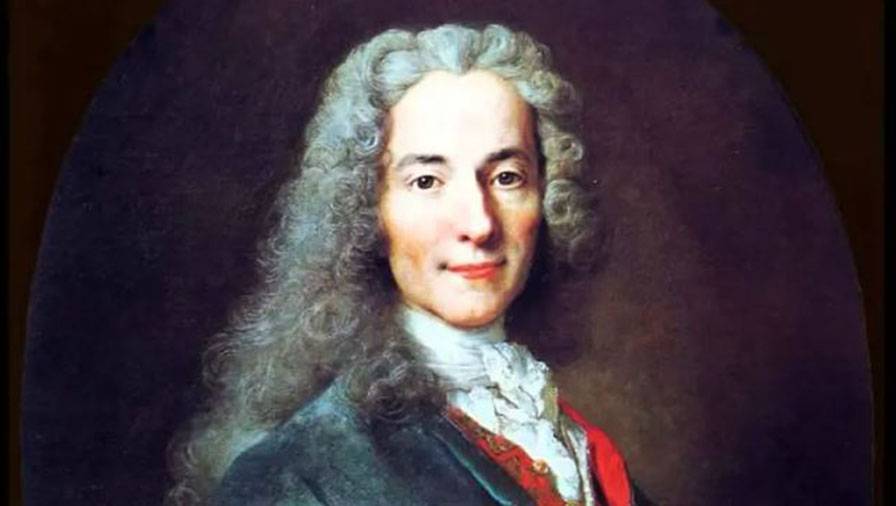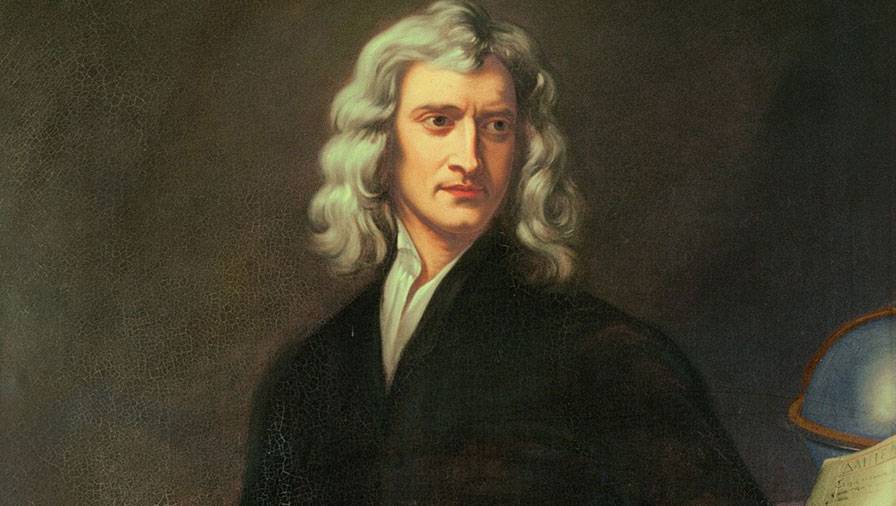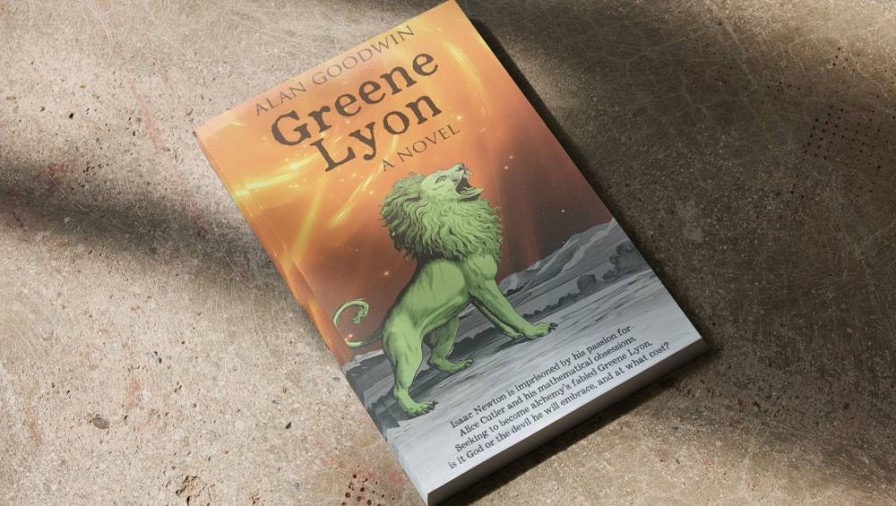The traumatic adolescence of Isaac Newton
Novel imagines formative years of England’s greatest genius.
Greene Lyon; A novel, by Alan Goodwin.
Novel imagines formative years of England’s greatest genius.
Greene Lyon; A novel, by Alan Goodwin.
Born a premature Christmas baby in 1642, the start of the English Civil War, Isaac Newton’s early years did not indicate he would become head of the Royal Society, Master of the Mint, and England’s most famous scientist.
His smallholding father died before the birth and his mother remarried to a 61-year-old Anglican vicar, the Rev Barnaby Smith, who could guarantee her a comfortable life in town rather the limited prospects of farming. Newton’s mother had three more children, abandoning the young Isaac to the care of his grandmother in Woolsthorpe, a rural village near Grantham in Lincolnshire.

Woolsthorpe Manor, Isaac Newton’s birthplace, in Lincolnshire.
In 1652, three years after Charles I was executed and England succumbed to Oliver Cromwell’s Protectorate, Isaac’s widowed mother returned to Woolsthorpe with her three children. Isaac hadn’t forgiven her and did not welcome a half-brother and two half-sisters.
Though temperamental and difficult, Isaac’s brilliance was readily acknowledged. He was admitted to The King’s School in Grantham. This again took him away from his family and he boarded with an apothecary and his wife.
The overthrow of the monarchy had unleashed a political and intellectual revolution, with natural science and philosophy challenging traditional theological versions. The apothecary practised alchemy and gave Isaac access to a large collection of subversive books. He also inherited his deceased stepfather’s theological texts. These supplemented the mathematics, as well as Ancient Greek and Latin – the languages of science – that he studied at school.
The teenaged Newton began to fill his notebooks with questions and personal observations. These included the apothecary’s experiments with chemicals in attempts to create gold as well as the wife’s work with herbs and medicines, considered a form of witchcraft.
At 17, when his time at King’s was nearly over, Newton’s mother ordered him to return to the farm, where he predictably proved to be inept. Fortunately, an uncle and the school’s headmaster allowed Isaac to complete his schooling and gain admittance to Trinity College, Cambridge, founded in 1546.

Trinity College, Cambridge, which Isaac Newton first attended in 1661.
His studies were interrupted when Cambridge closed in 1665-66 during the Great Plague. But, left largely to his own devices back at Woolsthorpe, Newton continued his theorising and experiments in optics, calculus, and the law of gravitation.
Up to this point, as he returned to Cambridge in 1667 to complete his master’s degree, Newton’s life had been as precocious as it was traumatic. Cromwell’s Protectorate had ended with his death in 1658 and Charles II’s restoration to the throne.

Author Alan Goodwin.
The intellectual leaders of the time, including John Locke and Thomas Hobbes, had established new concepts in political freedoms, while a clutch of scientists coming after Francis Bacon were making huge strides in defining the natural world without the need for a spiritual explanation.
These events are the subject of Greene Lyon, a reimagining of Newton’s formative years in a novel by Alan Goodwin, a Manukau District Court Judge since 2017. Goodwin practised family law in England before arriving in New Zealand in 1994. He continued that legal practice as a barrister until his appointment to the bench. His first novel, Gravity’s Chain, was published in 2010.
The title is inspired by a 15th-century poem, The Hunting of the Greene Lyon, alchemy’s mythical creature who devours the sun. It was the relationship between the Earth and the Moon that later became the basis for the three Newtonian laws of motion. (The Greene Lyon also features in the title, The Foundations of Newton's Alchemy, by historian Betty Jo Teeter Dobbs in 1975.)
Goodwin’s task is not an easy one, as it requires a deep knowledge of Newton’s thinking in the context of his modest class origins and growing up in the rural eastern midlands of England.
While most of the characters are factual, as described above, it is the fictional ones who enliven the book. One is a local girl, Alice, who awakens Newton’s sexual urges and who he first sees naked when being treated by the apothecary’s wife.
The elusive Alice haunts Newton throughout his adolescence, including the famous incident of the falling apple that Newton used to explain how he conceived his explanation of gravity.
Newton never married, leading Voltaire to surmise at the funeral that he “was never sensible to any passion, was not subject to the common frailties of mankind, nor had any commerce with women – a circumstance which was assured me by the physician and surgeon who attended him in his last moments”.
This claim of virginity leaves open the question of Newton’s homosexuality, though some of Goodwin’s characters assume this was due to the hatred toward his mother and the long-lasting effects on his personality, including self-harm.

The French writer and philosopher Voltaire said Newton died a virgin. Photo: Musee Carnavalet (1720s).
Another fictional character is the cruel Catchpole, a witchfinder who uses instruments of torture on his victims and makes an evil pact with Newton that causes him to betray one of his close friends.
A third invented character is the reprobate Robert, who employs Newton as a sizar, the Trinity College term for poorer students to earn their keep as a valet – the Kiwi equivalent of ‘fag’ used in some boys’ colleges, including the one I attended. In addition, Newton was a money lender to his fellow students.
Real characters include Henry More and Isaac Barrow, who Newton succeeded as the Lucasian Professor of Mathematics at Cambridge, one of England’s prestigious academic posts.
Throughout, Goodwin uses colloquial modern English, avoiding anachronisms and the conversational language of the time. He explains enough of the scientific stuff without testing the knowledge of modern readers who cannot, several centuries later, understand the workings of quantum physics.
As JM Keynes wrote: “Newton was not the first of the age of reason. He was the last of the magicians, the last of the Babylonians and Sumerians, the last great mind which looked out on the visible and intellectual world with the same eyes as those who began to build our intellectual inheritance rather less than 10,000 years ago.”

Sir Isaac Newton in his mid-40s (1689 portrait).
Like the lives of all great people, new information is constantly updating our knowledge. Newton’s list of biographers is contained in a bibliography, which is useful for information on Newton’s later life and achievements. A valuable chapter on Newton is in Paul Strathern’s Dark Brilliance, reviewed last week.
This includes Newton’s secretive approach to his ideas on the Christian religion, which ran counter to those on which Trinity College was based. He feared being exposed as a heretic, a notion going back to the hatred he felt for his stepfather, the man of God who had robbed him of his mother.
On the positive side, Newton was genuinely modest about his transformative discoveries and reluctant to debate them in public. Much of his scientific work was not discovered or recognised until after his death in 1727, aged 84.

Greene Lyon: A Novel, by Alan Goodwin (Quentin Wilson Publishing).
Nevil Gibson is a former editor-at-large for NBR. He has contributed film and book reviews to various publications.
This is supplied content and not paid for by NBR.
Sign up to get the latest stories and insights delivered to your inbox – free, every day.